Industry
Breakthrough. Polish Army Takes Delivery of Leopard 2PL Tanks
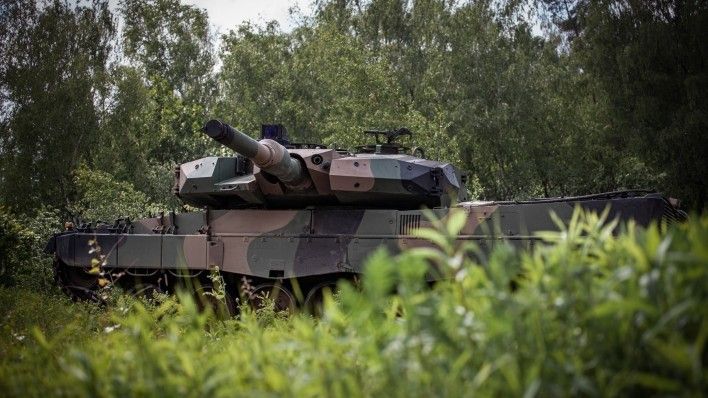
PGZ has begun the deliveries of the upgraded Leopard 2PL main battle tanks. The first two vehicles have already been received. The recent management change at Bumar-Łabędy could be helpful in establishing a coherent management scheme for two PGZ facilities dealing with the maintenance of the Polish Leopard fleet. Nonetheless, considering many years of backlog and internal disputes within the PGZ Group, this task may be challenging.
The vehicles mentioned above are the first upgraded Leopard 2PL MBTs. 5 are expected to be ready by the end of this month. The project itself faces serious delays though. The situation has numerous underlying causes, including the test period that has been extended with regards to the prototype, or the dispute between the Polish PGZ Group/Bumar-Łabędy consortium and the foreign partner - Rheinmetall. Furthermore, the Leopard maintenance chain is also affected by the internal disputes within the PGZ Group - conflict has been present between Bumar and the Poznan-based WZM facility.
Winding Road Towards the Upgrade
Both companies, working in the field of armour, have been competing to work on overhauls and upgrades of the Leopard MBTs - one of the most profitable orders around. Ultimately, the work was divided between 2015 and 2016. Bumar was to handle the 2A4 version overhauls and the 2PL upgrade, while the WZM facility in Poznan was to deal with comprehensive support for the 2A5 platform (future upgrades included). The Poznań-based entity was also to provide support for the power-packs of all MBTs, within the framework of its CZN [Powerpack Center].
Both facilities, despite working in similar domains, differ very significantly, when it comes to their profile. WZM is a smaller entity - it is based on an old military facility, but underwent modernization and nowadays it has broad expertise available, to support the Leopard MBTs and the power-packs of those vehicles. Meanwhile, Bumar-Łabędy is a major plant that used to manufacture the T-55, T-72, and PT-91 main battle tanks in the past. However, no success was achieved when it comes to the modernization of the Bumar facility. It still struggles with effectiveness. No full capability is available, when it comes to Leopard support, even though assumption as such has been adopted for the 2PL programme.
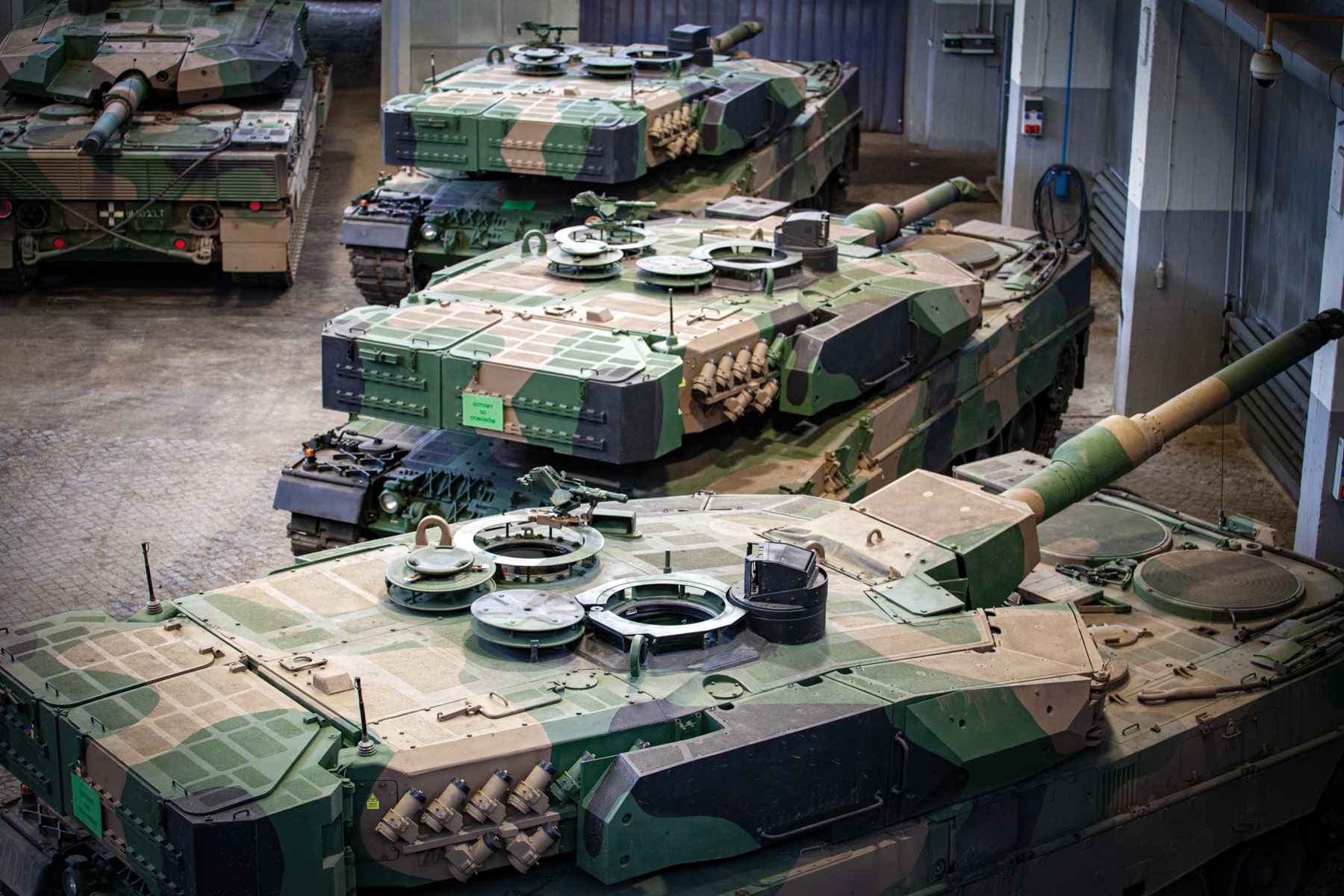
There is a chance, however, to create a coherent model of management, as some changes appeared at Bumar in that area. Since a few weeks now, the facility has been led by Elżbieta Wawrzynkiewicz who has also been the manager at the WZM facility since 2014. The new President has a very tough task ahead of her, given the difficult history the businesses in question have.
The first step to take is the initiation of completion of the Leopard 2PL programme. In the recent interview for “Rzeczpospolita”, President of the PGZ Group, Andrzej Kensbok said that he intends to unlock the Leopard MBT programme. The changes in Bumar management and employment of the WZM’s know-how are both to be helpful here.
Responding to the questions asked by us, with regards to the changes at Bumar, PGZ stated the following:
Changes at The ZM Bumar Łabędy management stem from the necessity to deepen the WZM’s involvement in the project. The company [WZM - ed.] has a specific role to play, resulting on the grounds of the Consortium-related agreement, and it fulfills that role very well. The project management experience of the current President will, undoubtedly, create good results - not only for the modernization process, but it would also enhance the ZM Bumar-Łabędy’s effectiveness.
PGZ announced that the first two main battle tanks have already been handed off, with another three expected to be transferred this week - Delivery of the first examples is a key stage in the Leopard 2PL programme. Commissioning of the vehicles by the Ordering Party paves the way for our consortium to deliver further MBTs. LEOPARD 2PL programme is among our priorities, and over the course of recent weeks, we were doing hard work that also saw a deep involvement of the new management board at Bumar-Łabędy. What we see today is just the beginning, as more MBTs are waiting for the start of the hand-off procedures, Andrzej Kensbok, President at PGZ said. Thus it is worth scrutinizing the current status of the programme and its prospects.
Leopard 2PL Issues
The Leopard 2A4 MBT upgrade programme (2PL) is one of the most important and challenging undertakings of the process associated with the modernization of the Polish military. The agreement signed in December 2015 envisaged that all of the 142 MBTs in stock (with the 2018 optional procurement of 14 examples taken into account) would undergo an in-depth upgrade and then they would be returned to the military before 2021. The Polish enterprises would also acquire new know-how, as a result of the process.
PGZ/ZM Bumar-Łabędy is acting as the primary contractor that is partnering up with Rheinmetall. The German company signed an agreement in February 2016 and that agreement has been signed directly with the Polish businesses, not with the Polish Ministry of Defence. Apart from the above, the PGZ Group businesses such as WZM (overhauls, maintaining the power-packs), PCO (optronics, including thermal imagers), ZM Tarnów, Rosomak S.A. or OBRUM (simulators) are also taking part in the process.
Implementation of this agreement, however, is associated with numerous problems. In mid-2019, the head of the Polish MoD announced that the Polish military would receive 47 MBTs by the end of 2019. - Handing off of the first modernized Leopard 2PL to the Polish military would be possible after the formal completion of tests, namely after the Contractor introduces remarks and recommendations including preparation of the handing off documentation and development of relevant technical documentation that is also to be subjected to verification (...) As for now, some requirements still need to be additionally confirmed by relevant, complementary tests – said Krzysztof Płatek, spokesman for the Armament Inspectorate, responding to our questions back in April.
PGZ also announced that prototype testing came to a successful end on 8th May. Two main battle tanks have already been handed off, another three are expected to be received by the end of this month. Meanwhile, the agreement is to be completely finalized by July 2023.
Overhauls - Challenge Greater than Modernization?
The delays in the deliveries have been caused by multiple factors. Off the record information suggests that the main battle tanks have been in a bad shape (worse than it was assumed when the agreement was signed). Secondly, and reportedly, technical difficulties emerged when attempts were made to recover the pristine condition of the elements that were to be repaired, not modernized. The relationship between Polish businesses and foreign partners are another factor that comes into play here.
When it comes to the former factor, it contributed to a major increase in the cost of the agreement. Five annexes have been signed, in total. Originally, the agreement had a value of PLN 2.415 billion. It went up by 300 million zlotys after an annex was signed covering the optional coverage of another 14 MBTs and some functionalities in case of all vehicles, for instance making the operational use easier. From the very start, it was assumed that the aforesaid amounts concern modernization of the MBTs, not the overhauls. The overhaul process was to take place as-needed, once the technical status of each tank was individually assessed.
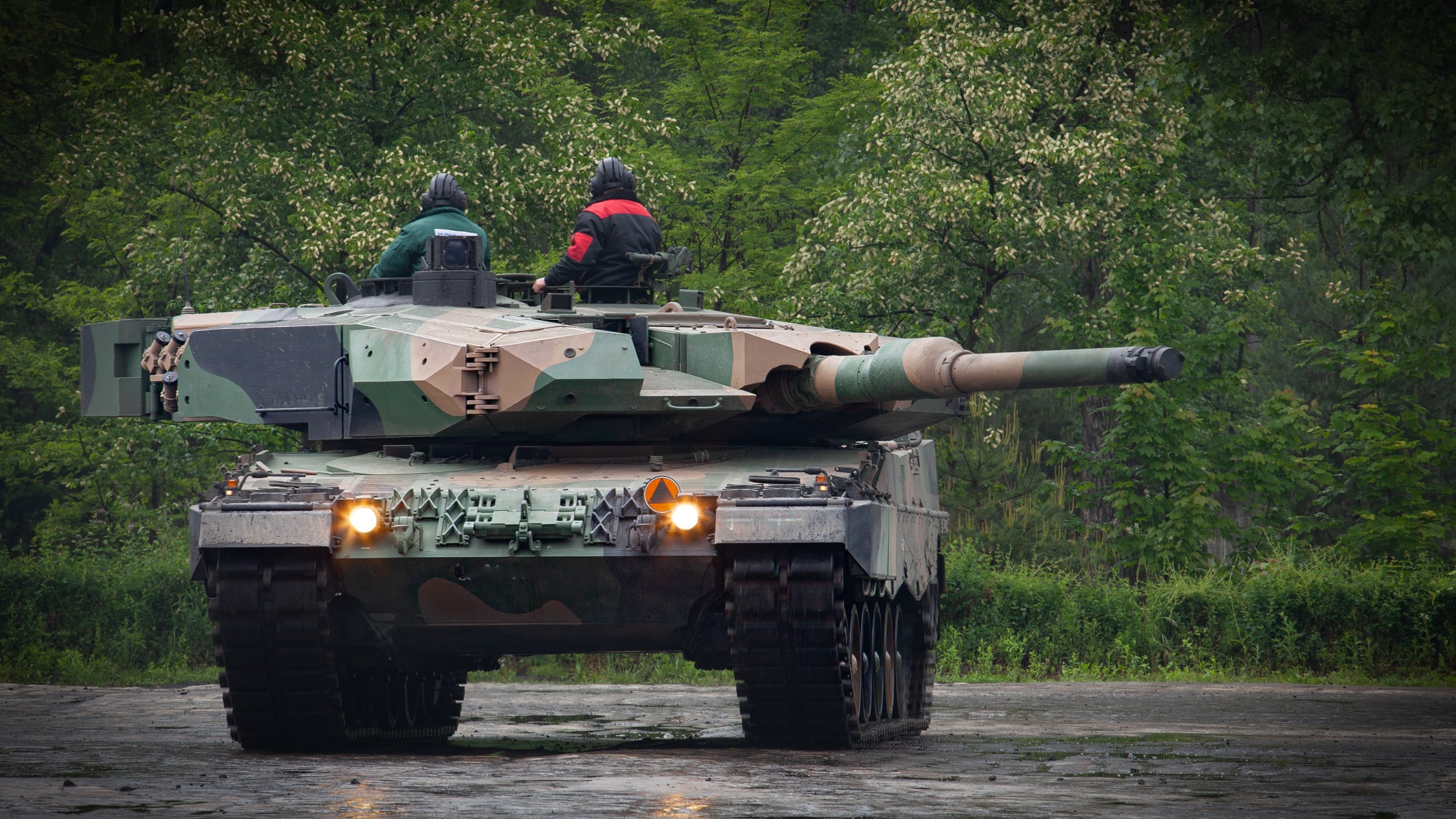
The annex concerning the resultant overhauls was signed in December 2019 (price-tag of PLN 568.9 million). This increased the value of the agreement up to 3.29 bn. zlotys. One shall not rule out a situation in which further annexes are signed. – The annexes for an agreement that is so technically and organizationally convoluted, also being implemented in a dynamic environment (caused by the current changes of the economy and the threat created by the epidemic that cannot be disregarded, within the context of the components supply chain) are a natural thing. In our opinion, a situation could emerge in which a need appears to further modify the agreement – Department of Communications and Marketing at PGZ suggested.
Another problem causing delays is also tied to the elements that are not expected to be upgraded. Unofficially we have found out that at least one of the main battle tank prototypes delivered from Germany back in 2018 was not fully capable. Meanwhile, the faults pertained to elements that were not subjected to modernization. The dispute here boils down to the degree and scope of responsibility Rheinmetall has, when it comes to the elements that are not subject to upgrades.
Below is how that matter was described in August 2019 by President at PGZ at the time, Sebastian Chwałek. The issue was brought up in an interview published by Defence24.pl. Chwałek currently works as the Vice-Minister of Defence responsible for modernization. He stated the following: The problems that emerged during the test programme at the Military Institute of Armoured and Automotive Technologies have shown that some elements prepared by the subcontractor did not comply fully with the expectations of the military. (…) The German partner was esentially dealing with R&D on our solution. During the testing period, it turned out that some elements need to be redesigned and changed to meet the requirements of the Ordering Party. As the equipment is not new, it also turned out that some elements that had not been subjected to upgrades in the very beginning are worn out which also had an impact on the work schedule. Undoubtedly, it would be easier if the German partner delivered a ready-made, proven, and requirements-compliant solution.”
KMW vs. Rheinmetall Disputes and Leopard 2PL
To make the whole picture clearer, when it comes to the Leopard 2PL programme and the delays, it is worth recalling the cooperation and, at the same time, competition profile, between the German businesses involved in the programme. This has a relevant impact on the Polish programme as well. Rheinmetall and KMW have been working as an industrial partnership since the very start of the Leopard 2 programme. This does not mean though, these two entities do not compete in some domains.
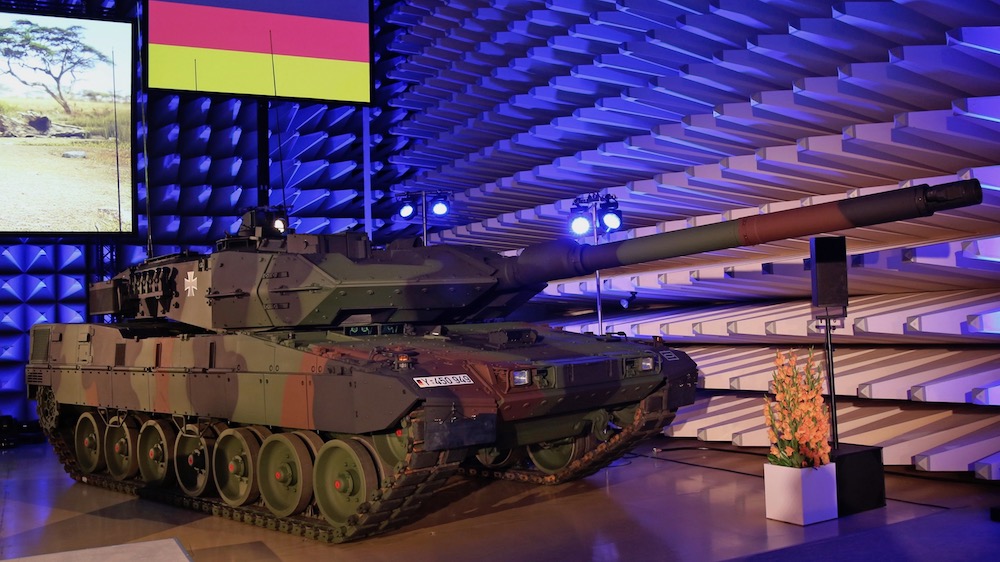
KMW is the primary manufacturer. The company agreed on the delivery of brand-new Leopard MBTs to Qatar or Hungary. KMW was also the party to the agreement concerning the modernization of the Bundeswehr’s tanks so that they became the 2A7V variant. The company also signed the agreement in the Danish contract, for the 2A7DK derivative. Rheinmetall has been acting as the subcontractor, delivering the Rh-120L/55 guns or elements of the fire control system.
Rheinmetall has also been competing with KMW to expand the scope of its involvement in Leopard upgrade programmes, both domestically, as well as in case of export orders. In the case of the Indonesian deal, the company is the primary contractor. It also delivers the key components in Singapore, working with the local entities (including ST Engineering, the main contractor). On the other hand, a long dispute began in Germany once a programme was announced aimed at reintroducing Leopard MBTs into service and upgrading them, as a response to the Russian aggression in Ukraine. The offer selection was lengthy (Rheinmetall prepared its offer, competing with 2A7, based on the MBT Revolution concept and referred to as “Rheinische Post”). The further dispute concerned the division of work between the businesses involved. The issue was pronounced enough to make the head of the German MoD, Ursula von der Leyen (currently the head of the European Commission) was calling the industry to do its own, internal homework - back in November 2017. In February 2017 “Die Welt” was mentioning the work division problems after the 2A7 upgrade decision had already been made.
One shall remember though that although KMW has been the main contractor since the very beginning, during the Cold War, when Leopards were being manufactured in massive numbers, Rheinmetall and its acquired businesses (MaK for instance) were playing a role that was much more significant. Out of 2125 main battle tanks procured by the Bundeswehr, 977 have been manufactured at the Rheinmetall’s facilities (55:45 production division ration between KMW and MaK). Thus, Rheinmetall has already established certain expertise with regards to the MBT as a whole, even if some elements in question have been manufactured by KMW.
When it comes to the Polish Leopard 2PL programme, Rheinmetall has been assigned the role of an industrial partner. Rheinmetall was originally to deal with the elements that were to be modernized (newly developed or being managed by Rheinmetall by default - like the gun), but the business in question was also to establish the maintenance potential with regards to the MBT. Rheinmetall was working with WZM on Leopard 2A4 overhauls, until the year 2014. Meanwhile, in the case of the first procurement procedure canceled in early 2015 (due to the limited degree of polonization), KMW was working with Bumar. However, as the programme was canceled, the consortium agreements also expired, then the partners also changed their roles.
Also, in case of the Leopard 2A4 upgrade agreement (up to the 2PL version), signed in December 2015, it was assumed that Rheinmetall would be able to deliver spares and polonize the maintenance system based on its expertise. This also applied to some elements sourced from KMW (with KMW being the primary manufacturer). A solution as such rules out the option of using the standard Leopard spares supply chain (Leoben club coordinated by KMW).
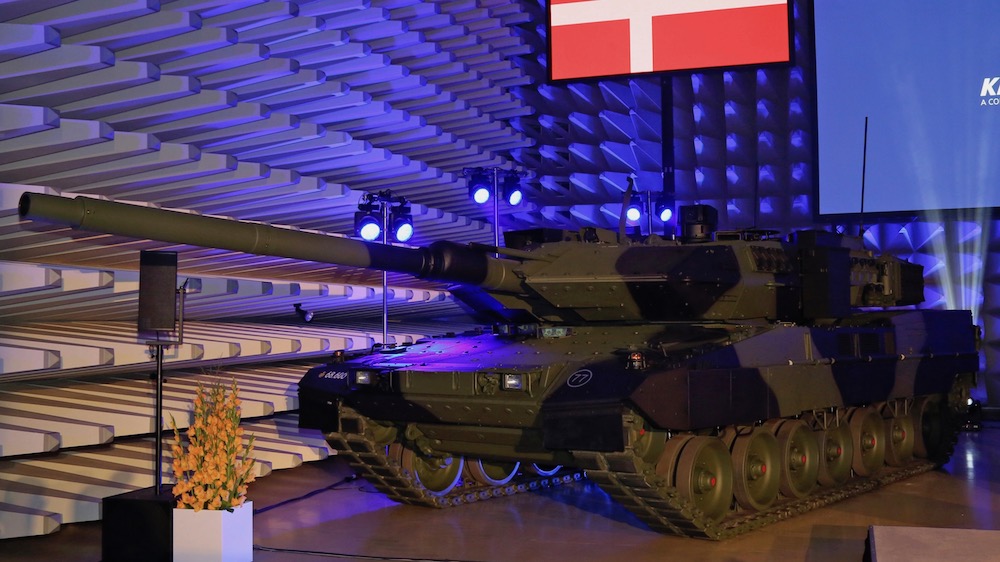
This could impact the availability (even if the parameters of spares are identical to the ones of the components manufactured by KMW). Thus, Rheinmetall may have an advantage here, when working with the Polish partners. Even though the assumption was to establish industrial cooperation, the solution as such could force the Polish entities to purchase products abroad and/or suffer from an additional cost. The WZM facility, meanwhile, has been working with KMW for some time now. The Poznan-based company has already created and established a relevant overhauls/repairs potential when it comes to the Leopard 2A5 platform. WZM is also capable of license-manufacturing when it comes to some of the KMW-supplied spares which translates into the ability to effectively support the MBT in question.
Putting the Experience of the Poznan-based Facility into Use
The Leopard 2PL programme finally commences. This has been possible thanks to the experience of the management of the Poznan-based facility, as well as the capacity the company has in the domain of supporting the Leopard 2A5 MBTs (formerly - the 2A4 platform as well). The Leopard 2PL MBTs may be similar to the 2A5 platform in some regards when it comes to maintenance. This is because after the extra armour is put on the turret (as developed by Rheinmetall), the weight has gone up beyond 59 tonnes - which is a figure similar to the 2A5 platform.
PGZ has been stressing the fact that the military would be receiving the Leopard 2PL M1 variant, a modified version of the 2PL specification, arranged back in 2018. Thus, no significant changes are expected to happen when it comes to the configuration of the upgrades. Furthermore, we shall not expect changes in the consortium responsible for the Leopard 2PL programme.
The configuration of the main battle tanks is defined within the framework of procedures envisaged in the agreement signed. Ultimately, the MBTs would come in Leopard 2PL M1 version - a bit different from the 2PL configuration currently delivered to the Polish military. At the moment no change of this configuration has been envisaged in the agreement, we have no knowledge of the Ordering Party’s requirements not met within that framework. (...) The change of Leopard 2PL consortium composition is not being considered at this stage.
PGZ is also stating that no change of the foreign partner is considered. This confirms the hypothesis suggesting that the MBT configuration is kept unchanged. However, the Group declares that when it comes to recovery of the capabilities, the matter of cooperation with other foreign partners, including KMW, remains open.
Rheinmetall Landsysteme GmbH is the partner in modernization, the supplier of the modernized MBT prototype. Together we are trying to reach the final acceptance of configuration and deliver the modernized MBTs at a tempo that would satisfy the Ordering Party. Within that scope, the change of partner is not being considered. However, when it comes to recovery of technical condition of the main battle tanks, correlated with upgrades, the matter of cooperation could be discussed.
It seems then, that if the upgrade programme prepared and implemented jointly with Rheinmetall is continued, new options have appeared when it comes to the overhauls (unofficially creating more trouble than the modernization itself). Either the Rheinmetall’s potential is employed here, with the technology being received by Bumar directly, or the capacity of KMW is put into use, with the latter entity being supported by WZM-Poznan. WZM-Poznan, on the other hand, could use its experience to create relevant capacity at Łabędy, when it comes to the 2PL MBTs.
Preparing a maintenance support system for the Leopard 2PL MBT could be of key importance here, to finalize the modernization. Making use of the WZM’s experience and reintroducing the competing nature of the relationship between the foreign partners could play a key role here, strengthening the position in which Poland finds itself thus expanding the scope of available options.
After the delivery of MBTs formally begins, extending the configuration would be a field for open discussion. This applies to the elements disregarded when the contract was signed, such as communication systems (the most modern solutions have been installed on the Bumar-modernized T-72 main battle tanks) or multi-spectral camouflage (which has been an option proposed by the Poznan-based facility back in 2017). We know that PGZ has been submitting and is still ready to submit proposals of changes - these have not been accepted by the military though. Moreover, decisions as such shall be postponed to the period when the tanks are delivered. For now, it is of key importance that modernized platforms are to be finally delivered to the 10th Armoured Cavalry Brigade in Świętoszów, where most of the Leopard 2PL MBTs would be stationed (apart from 14 vehicles procured in 2013 along with the 2A5 platforms - these would probably be sent to Wesoła).
It is not a secret that Bumar-Łabędy is facing certain problems in the management area. The organization domain also needs to undergo improvements. Introducing proper changes in parallel to the completion of the Leopard 2PL programme would be one of the key tasks assigned to the new management. It would be best to obtain a synergy between the armour-focused facilities based in Poznan and Gliwice. This could be challenging, knowing the rough history they had. However, both entities above have their role to play. And their significance extends beyond the domain of the Leopard MBTs, reaching other programs in the domain of broadly understood land forces modernization. Let’s hope that the impasse is about to end and that the military would receive the modernized MBTs, with industrial capacity established for years to come.
Jakub Palowski, Jędrzej Graf
The work on modernization and recovery of the technical condition of the Leopard 2A4 MBTs allowed our facility to obtain new expertise. We have established a logistical infrastructure for repairing the MBTs. Currently we are working on securing the spares supply and increasing the level of Leopard 2PL polonization. Our goal is to establish a potential for regeneration and manufacturing of certain elements of the MBT, carry ou
Modernization, up to the 2PL standard, involves the replacement of the hydraulic gun stabilizer systems and turret drives with electric counterparts and modernization of the smoothbore Rh-120 L44 gun, so that it can fire new types of rounds. Leopard 2PL has been fitted with optoelectronic systems, including the III-gen KLW-1 Asteria thermal imaging camera used by the commander and the gunner. The turret features extra armour modules. The vehicle has also been fitted with new anti-explosion and fire extinguishing systems. All MBTs would go through maintenance and servicing carried out by the Polish defence industry, aimed at fully recovering the capacity of those vehicles.
t the required certification and enter the supply chain for this type of equipment. Considering the long-term perspective of using the Leopard MBTs, solution as such would be beneficial both for us, as well as for the customer of ours.
